In the 1880s, Southern Pacific Railroad led the charge in creating the nation's Second Transcontinental Railroad line—the first having been completed between the San Francisco Bay and Omaha, Nebraska in 1869, with the ceremonial "Golden Spike" (or "Last Spike") being driven at Promontory Summit, Utah Territory.
The second one was considered the "southern" one.
By 1881, it had connected Atchison, Kansas to Los Angeles, California. And by 1883, it had connected Los Angeles to New Orleans.
Last month, I had the chance to visit a little-known section of the second TCR—and see it from a perspective most passengers never get to experience—in the Inland Empire city of Perris, California.
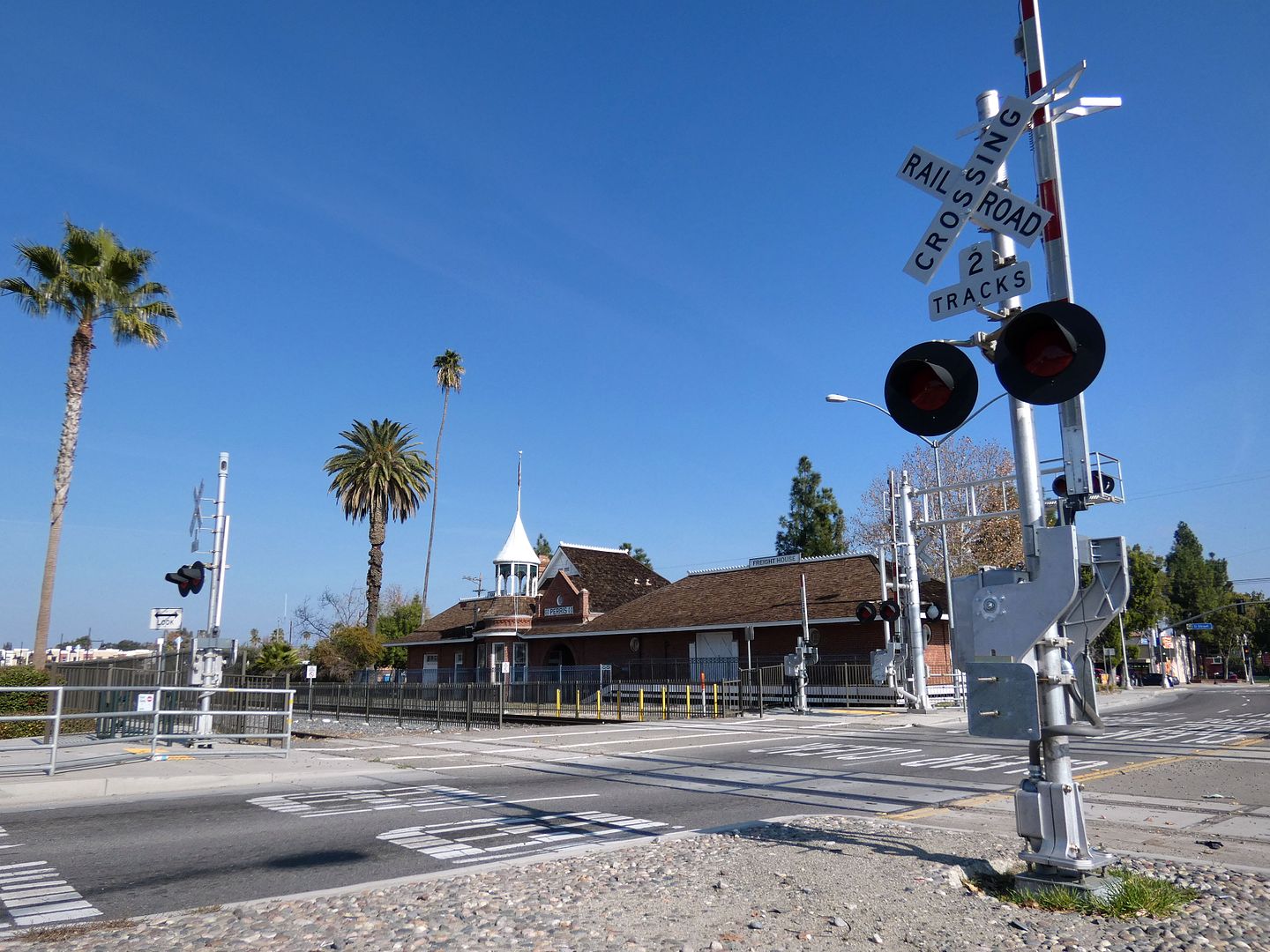
Perris was named after Chief Engineer Fred T. Perris, who oversaw the construction of the Second Transcontinental Railroad and was responsible for surveying and setting up several townsites along the railroad. This was a stretch of the California Southern Railroad (later ATSF) that connected San Bernardino to San Diego.
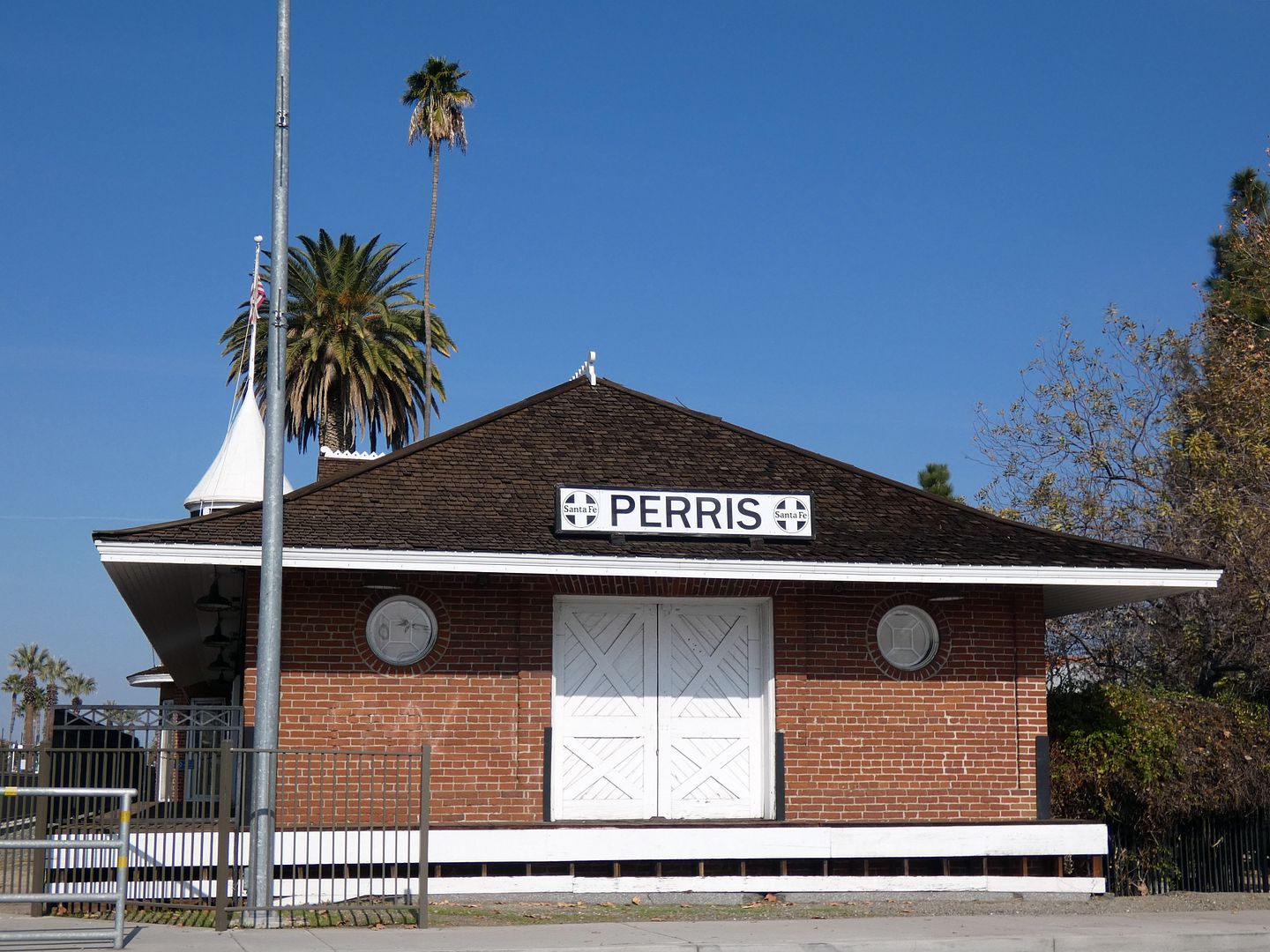
The restored and nationally-landmarked Perris Depot was built in 1892, replacing an initial wooden structure. Unfortunately, the inland railroad line south of Perris was abandoned in 1927 in favor of the coastal route—and today, it no longer serves as a passenger station, but rather as the home base for the Perris Historical Museum and a monthly art fair. (However, the Metrolink commuter rail does service the Perris Multimodal Transit Center next door.)
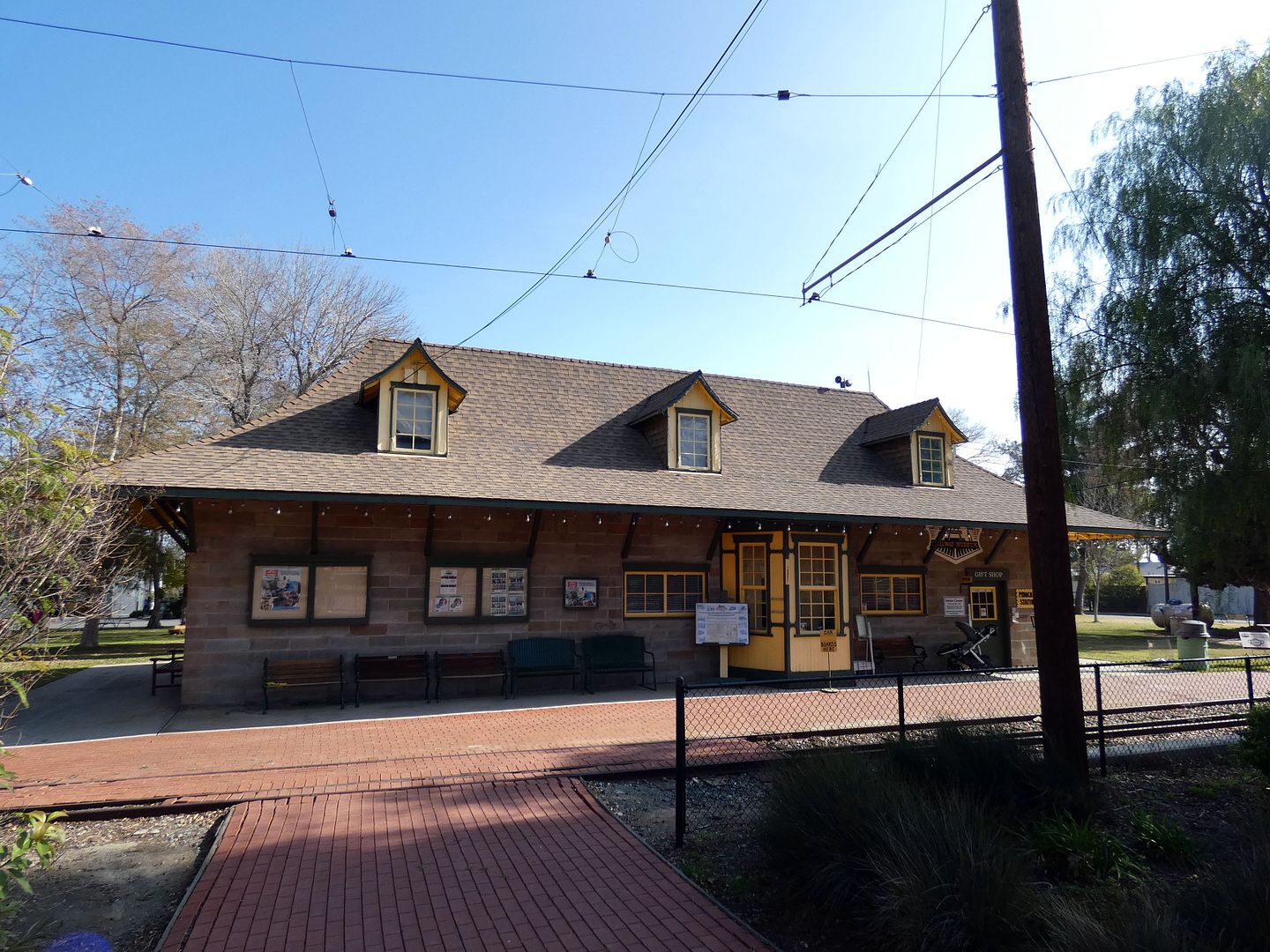
It also no longer connects to the Pinacate depot, the ticket office and gift shop of the Southern California Railway Museum (formerly the Orange Empire Railway Museum) that once served the defunct gold-mining community of Pinacate.
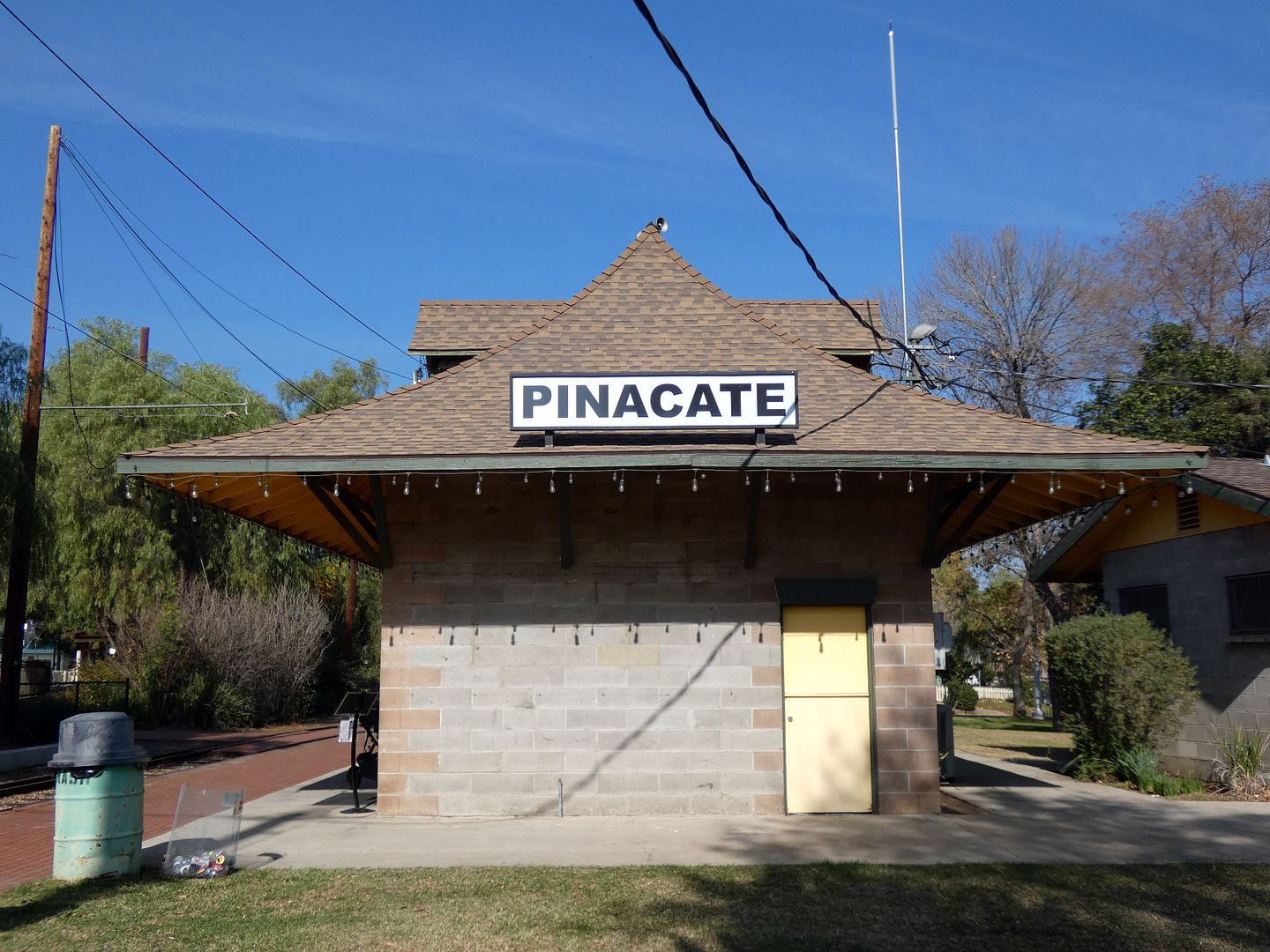
But it used to.
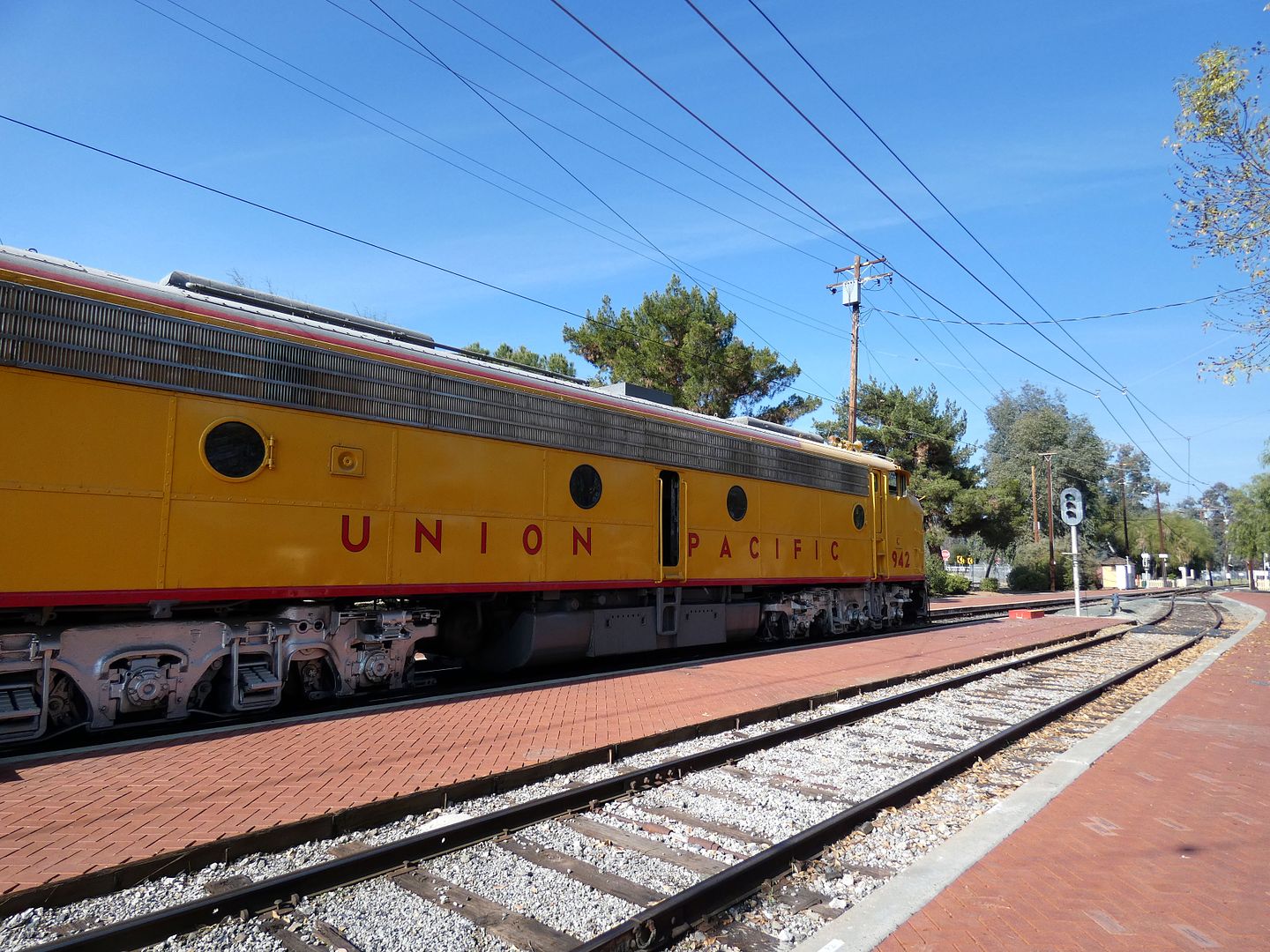

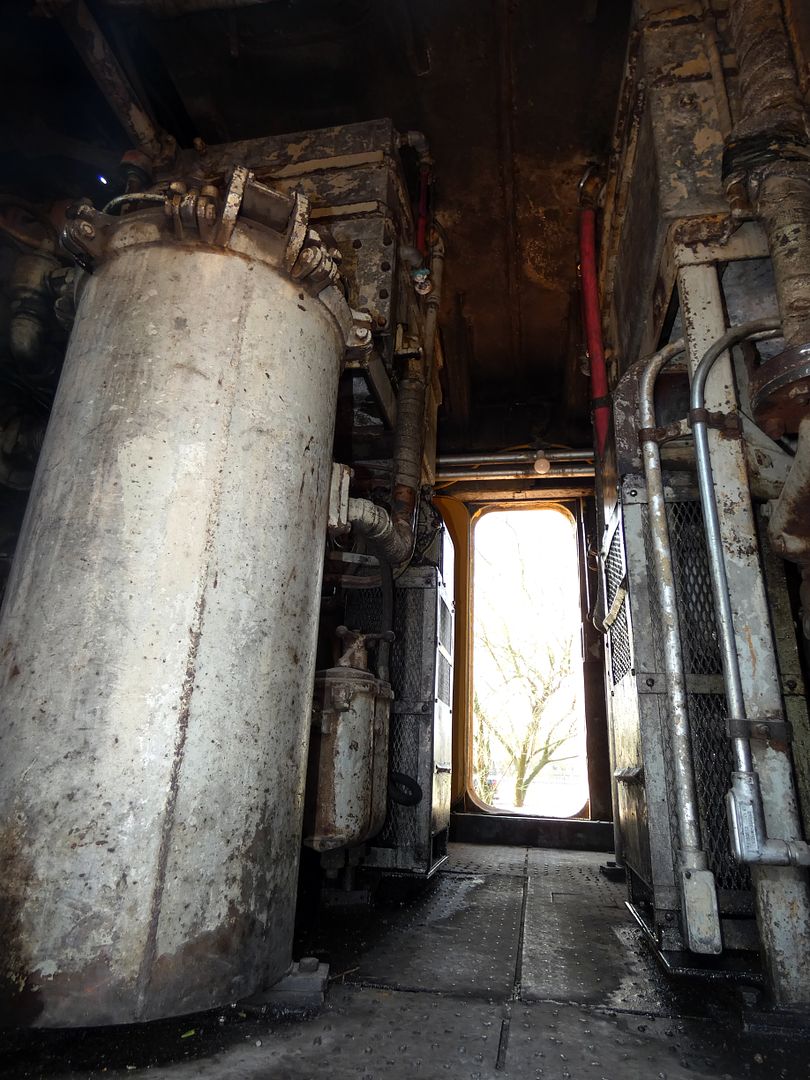
.jpg)

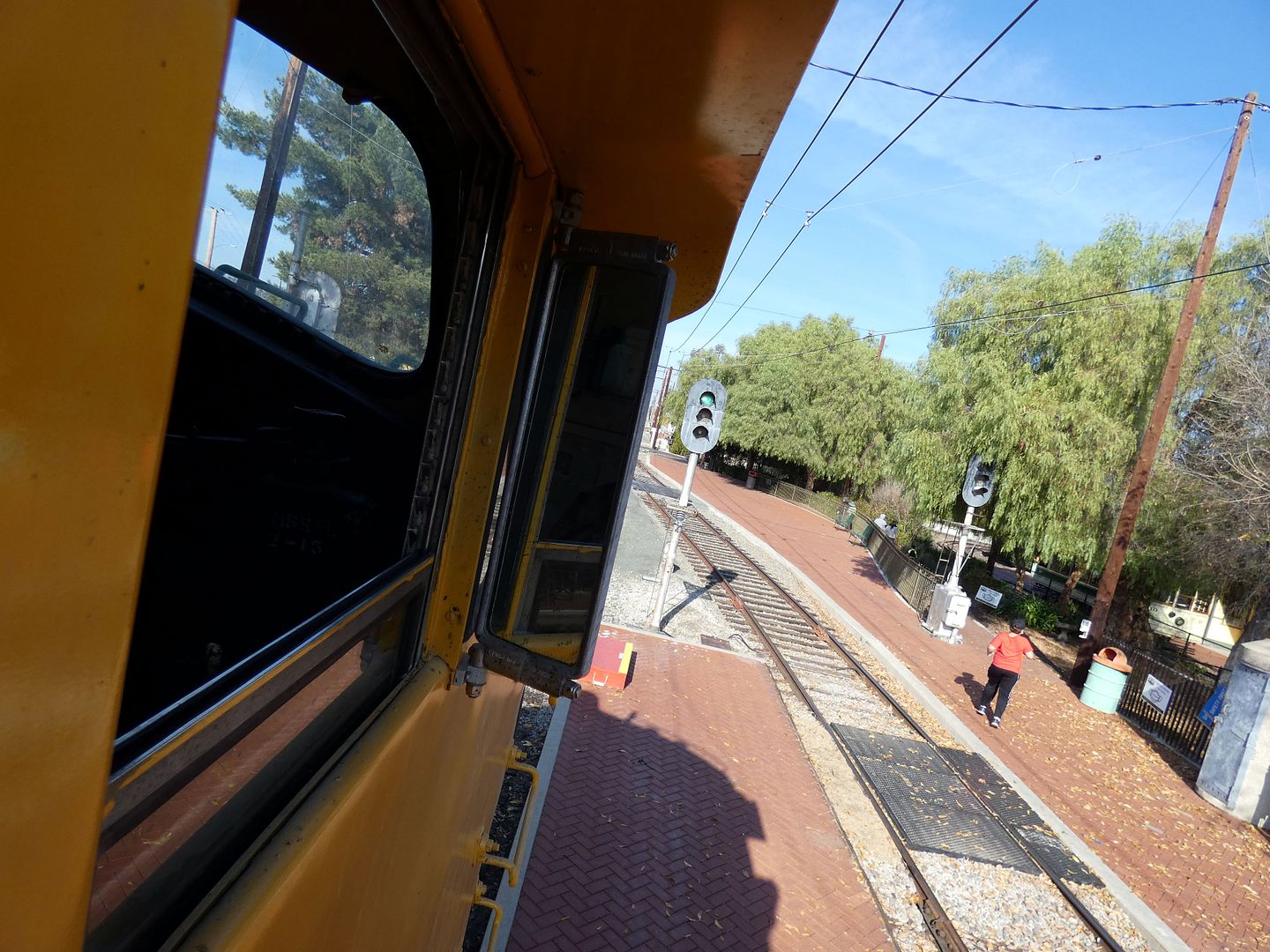
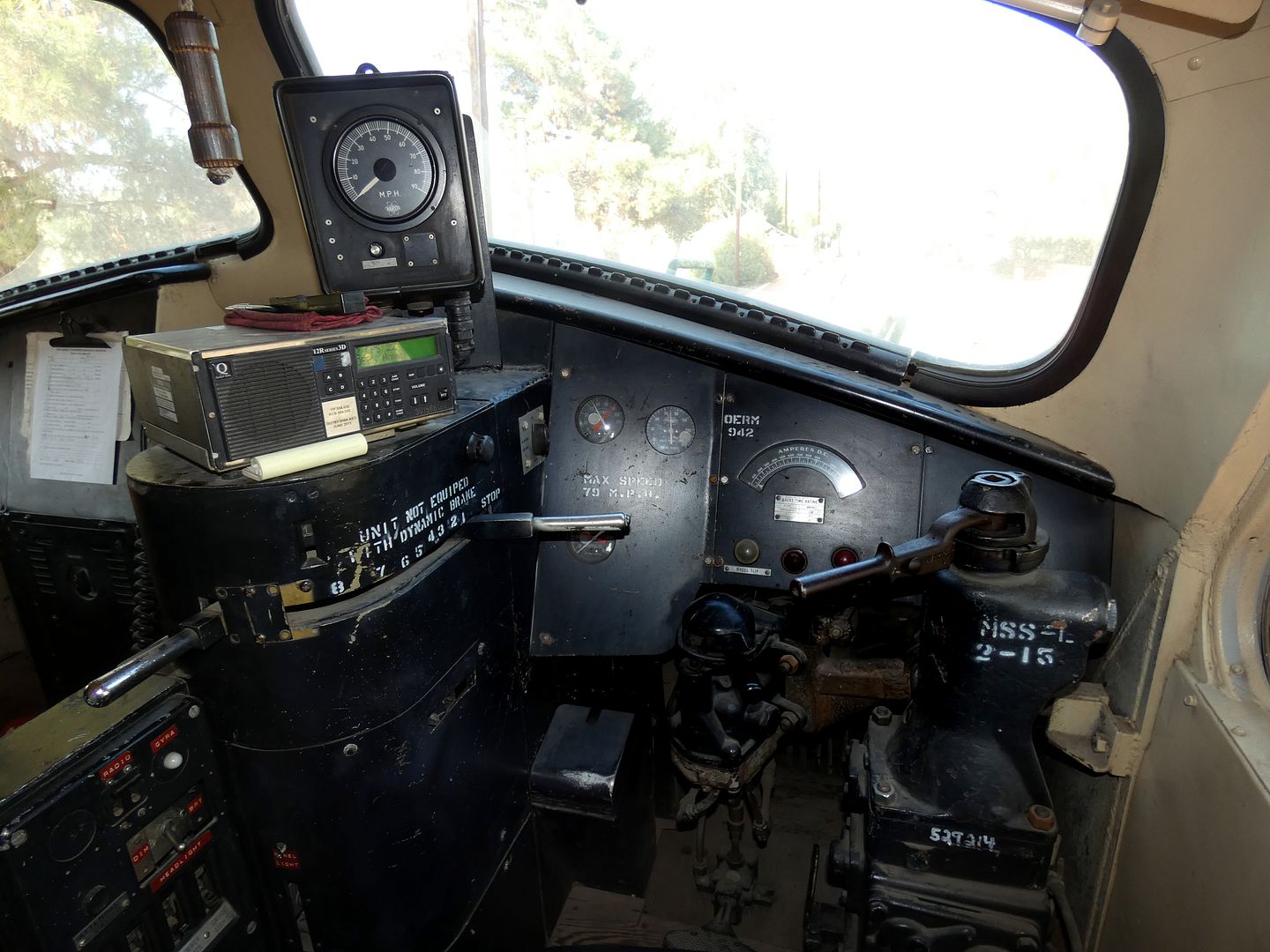

Southern Pacific was founded in San Francisco in 1865 and eventually connected the Bay Area to San Diego. It was absorbed by Union Pacific (which was involved in the first Transcontinental Railroad) in 1996 after 130 years of operation.

In my second visit to the Southern California Railway Museum, I got to ride in the cab of an old Union Pacific diesel locomotive along a short stretch that gets this close to the Perris Depot—my own little experience of the Second Transcontinental Railroad.

The Union Pacific 942 (built in 1953 by Electro-Motive Diesel, a division of General Motors) is one of UP's fleet of yellow "City" streamliners first introduced in the 1930s. Trains like this once operated between Chicago and the West Coast—and this one specifically operated between Chicago and LA.
.jpg)
This specific locomotive also served as part of the Chicago and North Western Transportation Company (C&NW, starting in 1972) and the Metra commuter rail line of Chicago, retiring in 1988. Museum crews restored it to its UP color scheme (yellow with red and gray) in 2012.

Foregoing the tight squeeze through the engine room, I climbed the vertical ladder directly into the cab...

...miraculously hoisting myself with nothing but the power of my own upper body strength.

Fortunately, I wouldn't have anything to do with operating the two 12-cylinder diesel engines during our ride.
.jpg)
.jpg)
I could just sit in the passenger seat and enjoy the view.
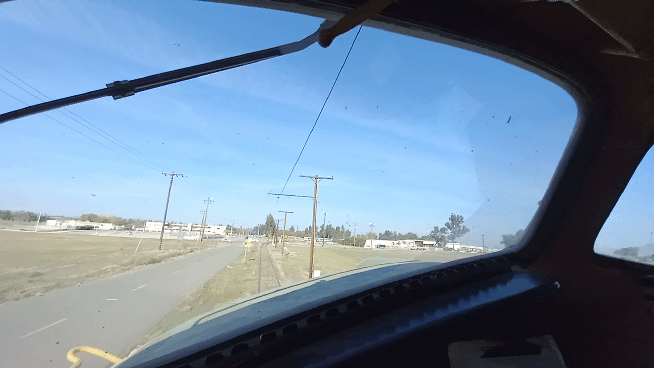

But unfortunately this time (unlike at Campo), I couldn't blow the whistle or ding any bells. .jpg)

.jpg)
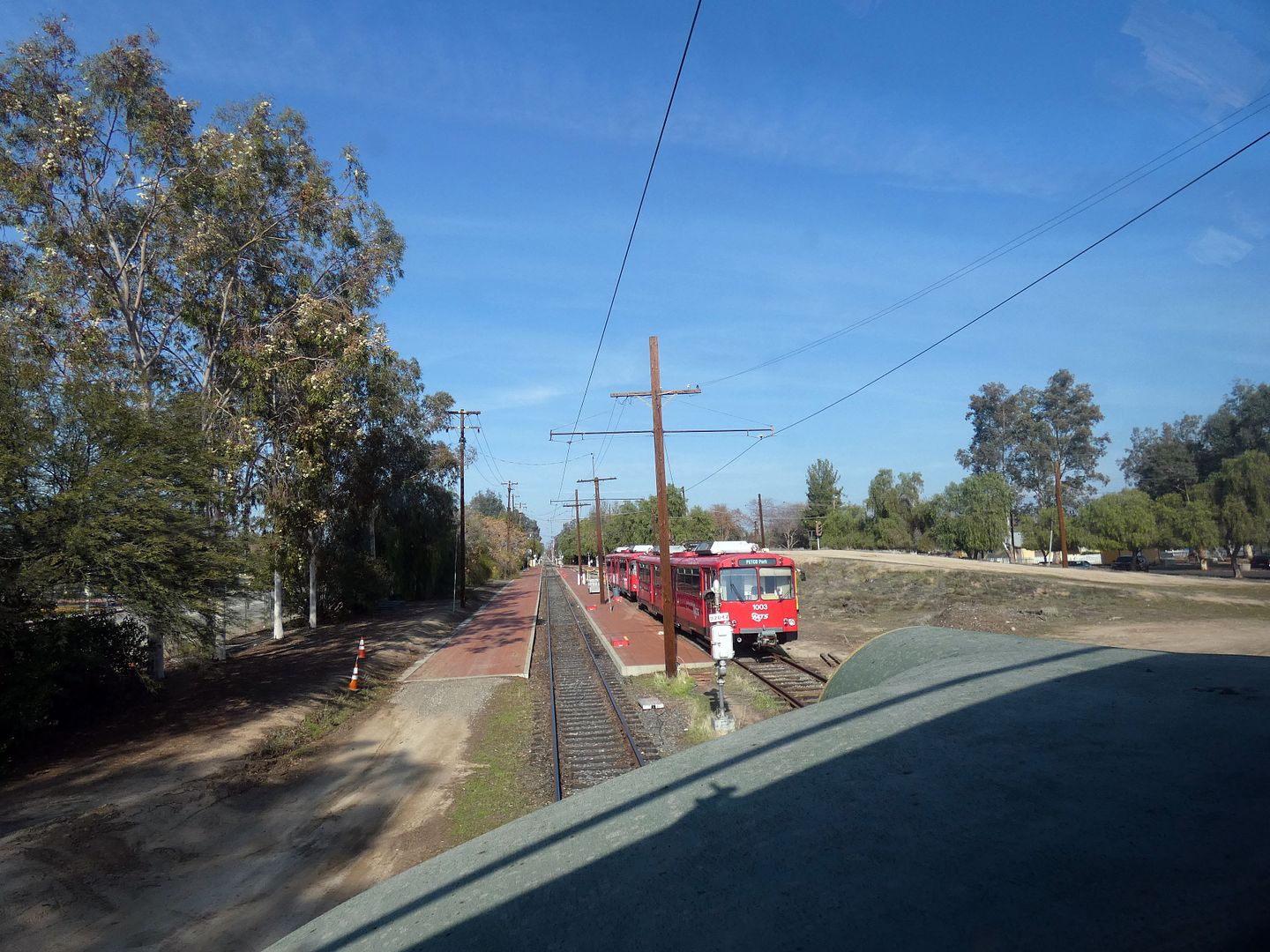
.jpg)
I tried not to touch anything that might mess up what the engineer had planned for our ride...

...and instead focused on snapping as many photos as I could.
.jpg)
From the Pinacate station, we first backed up on the track, until nearly reaching the intersection of A Street and Mapes Road...

...and then proceeded headlong (past a contemporary-looking San Diego MTS trolley).

.jpg)
.jpg)


The UP 942 could go as fast as nearly 100 mph, at a horsepower of as much as 2250, but we were taking a more scenic-style of excursion.
.jpg)
We then passed the two old Rio Grande baggage cars that currently house the Middleton Collection of model railroad cars and locomotives, railroad toys, and other small train-themed artifacts.
.jpg)
As the train traveled north, more Pinacate-related relics along the way included the decommissioned Cottonwood Station (a lumberyard office, sometimes used for movie shoots)...

...a phone booth from the Alessandro Station on the Santa Fe Railway's San Jacinto branch (the "San Jac") in Riverside...
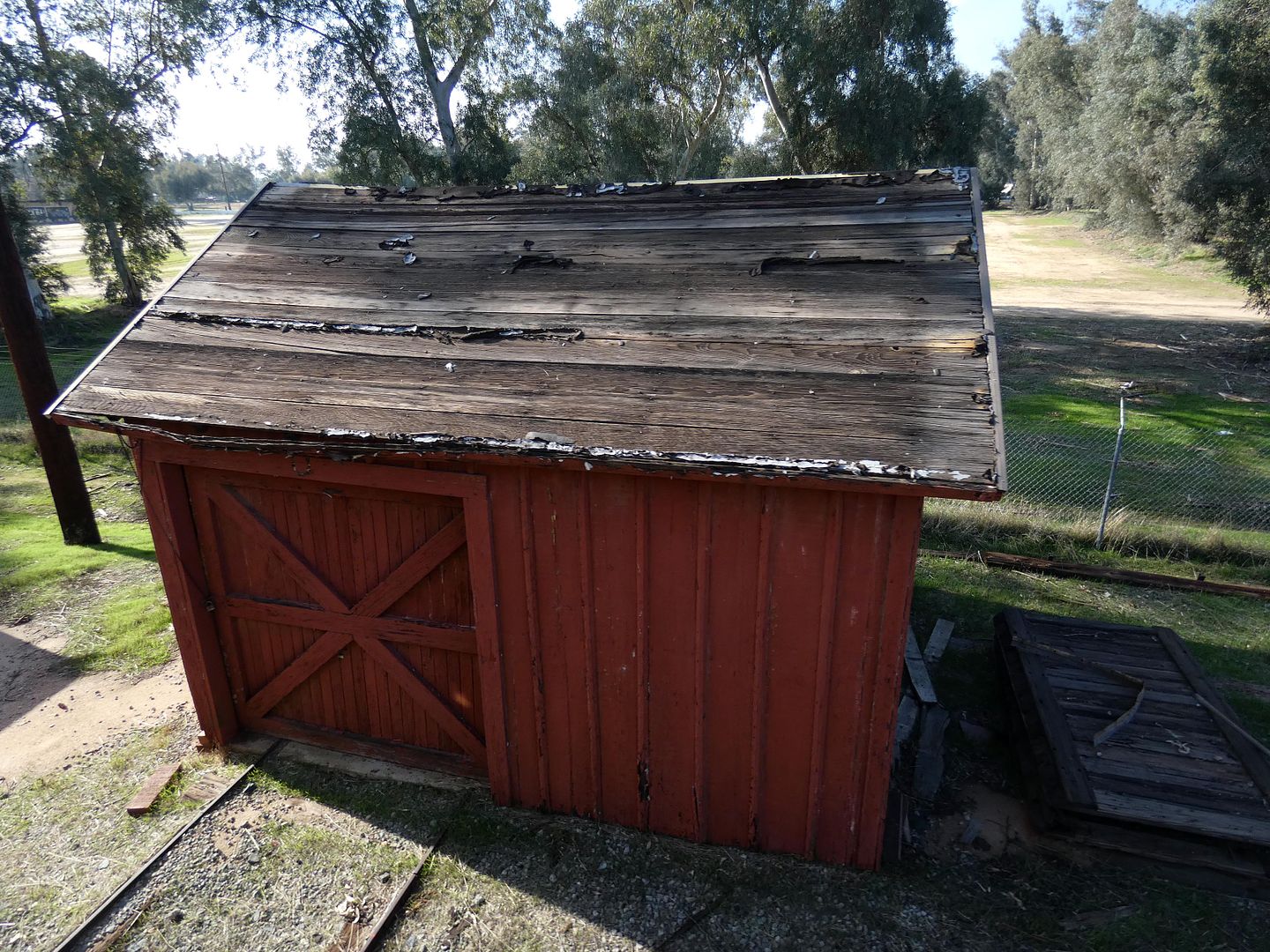
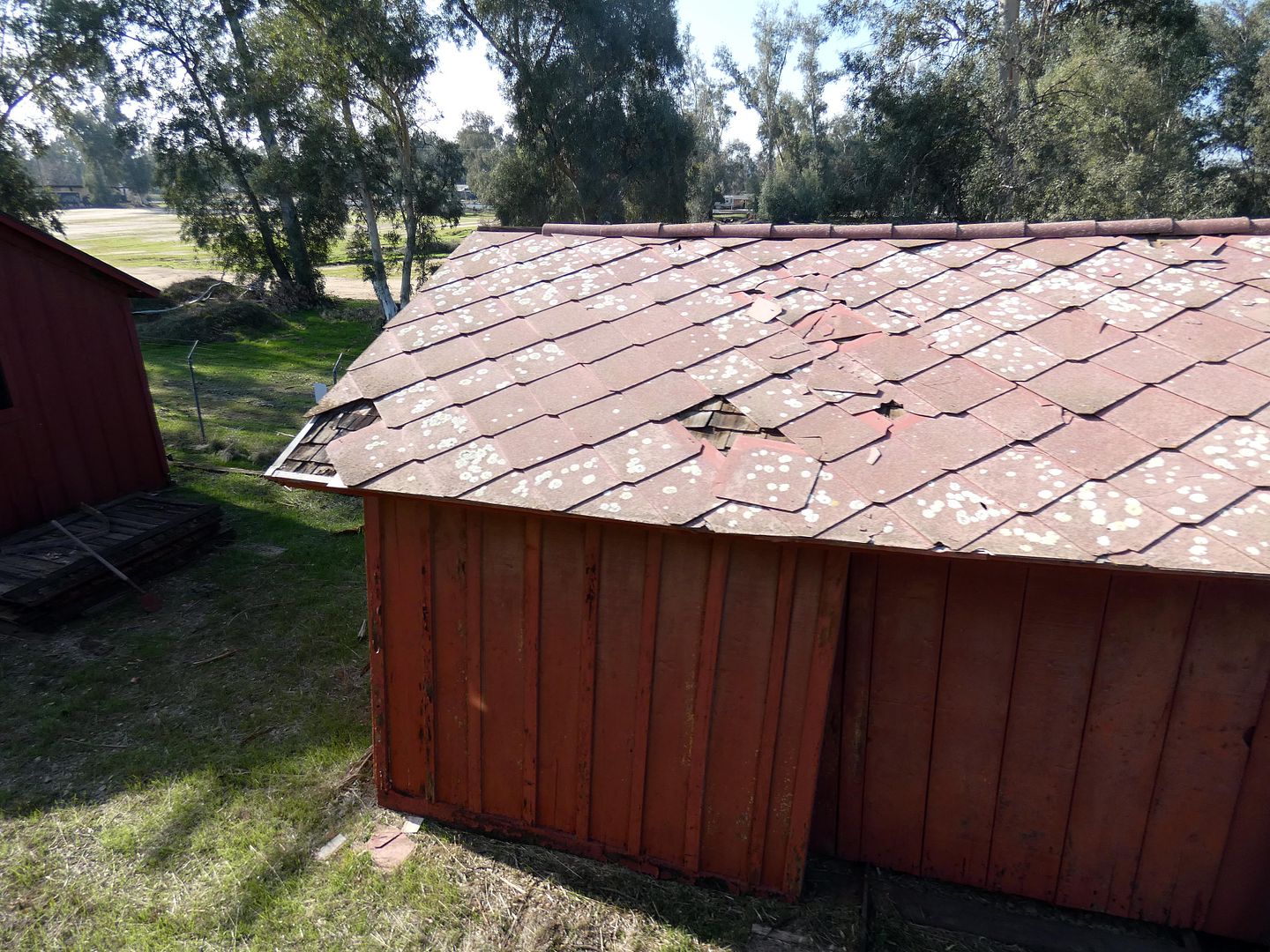


...old Maintenance of Way tool houses...

...originally located along the Santa Fe Railway's Perris and Redlands branch...

...and the "Oil Junction Station," relocated from the Southern Pacific and Santa Fe Oil City Branch north of Bakersfield.
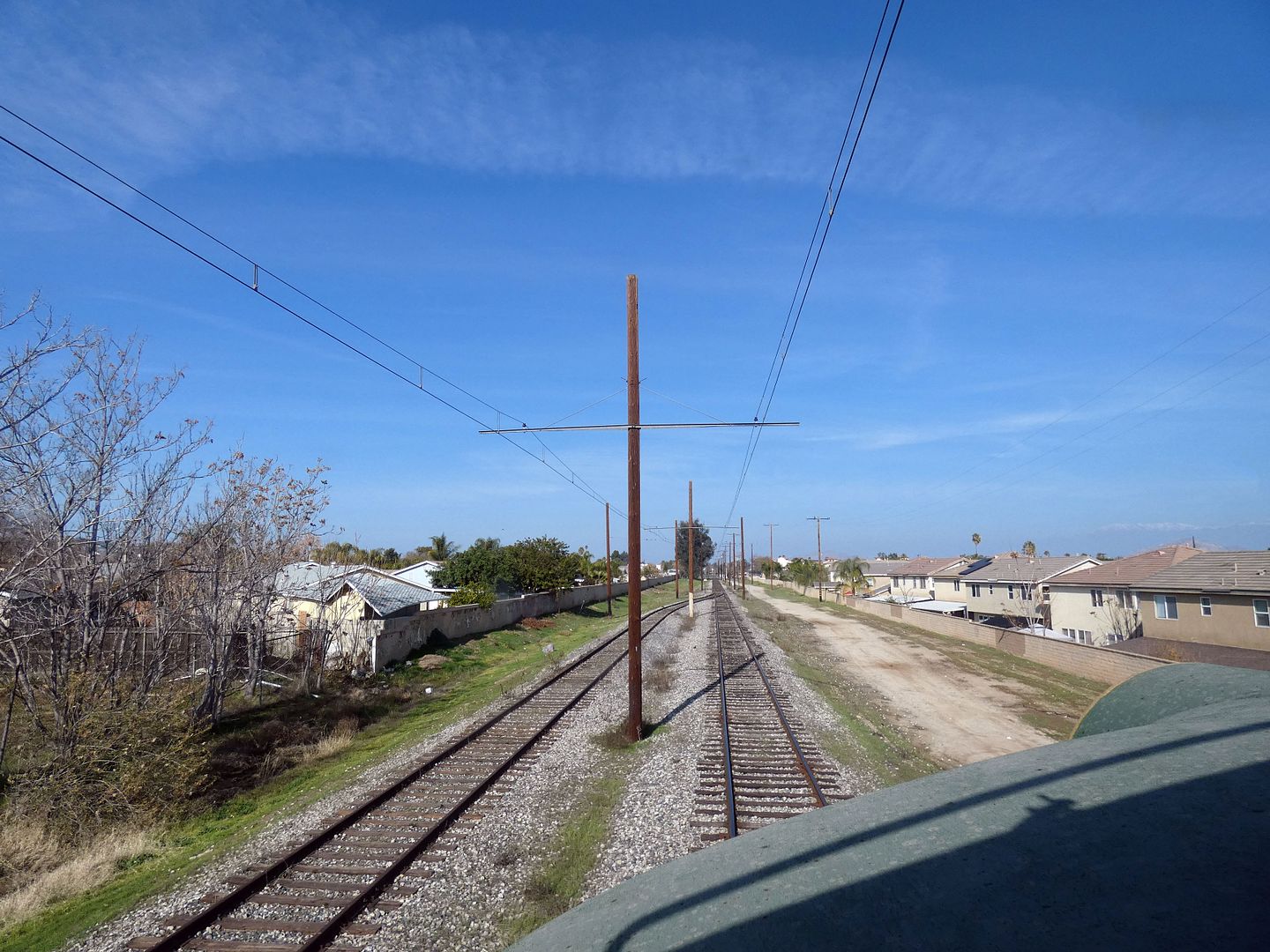
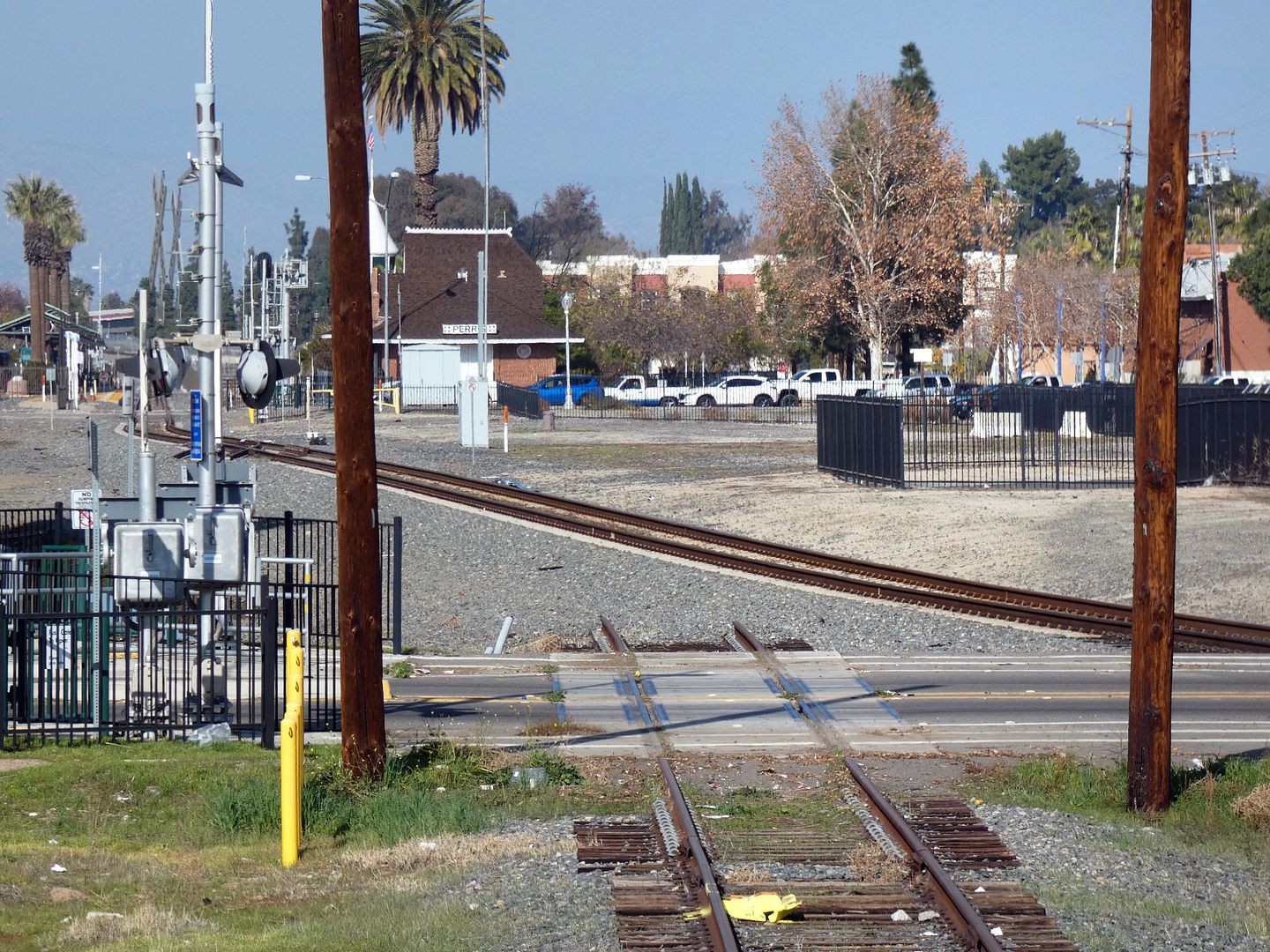


From the point where we stopped backing up and began moving forward to the end of the line, we traversed about 1.66 miles.

And then we reached the end of the line—where a tiny stretch of track was removed, interrupting the connection to the BNSF Railway spur that serves as a freight line.

After that, there was nothing to do but back up—and return the way we came, back to the Pinacate depot for a ride on the Pacific Electric "Birney Safety Car" No. 332 (built in 1918, in service in Redlands and Pasadena, and retired in 1940).
Related Posts:

No comments:
Post a Comment